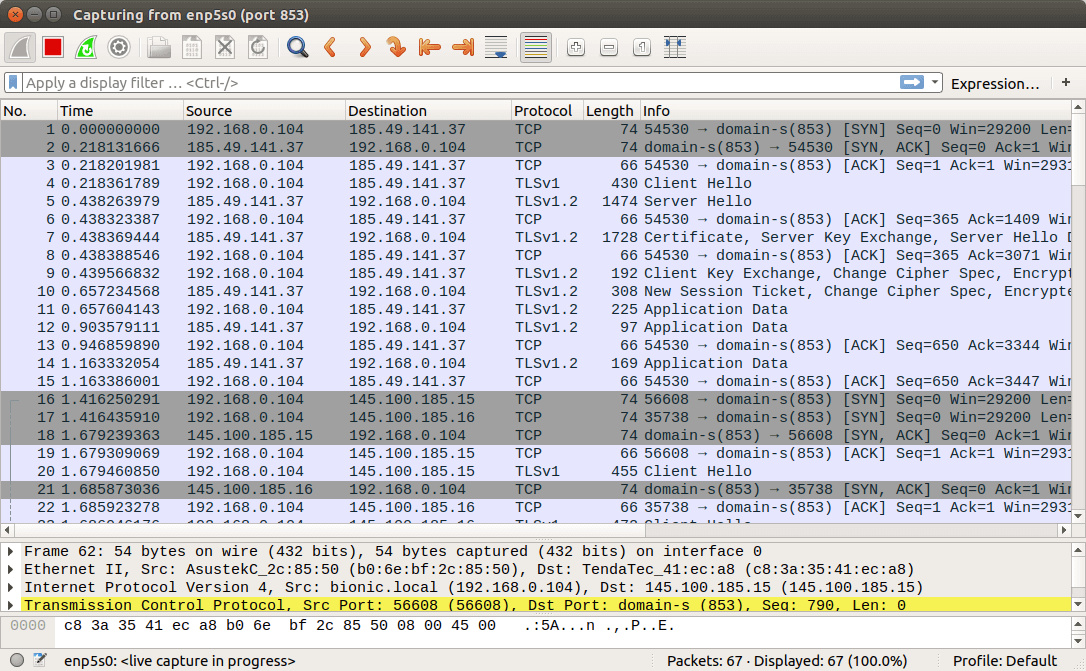rgnldo
Very Senior Member
Excellent initiative. But I believe this option is useless since it is a commercially proposed DoT service. NextDNS has the purpose of trading this service with the unique configuration standard. Neither Cloudflare does this.'Unique prefix'

